How much do you know about custom sheet metal fabrication? Get to know the processes involved and their comparison with CNC machining
Of the many rapid prototyping processes common in many manufacturing industries today, one of the most common processes is sheet metal fabrication. Sheet metal fabrication processes involve using bending, forming, etc., to fabricate sheet metals into the desired shape/product. It is a popular process used in making products such as electronic casings, enclosures, etc., widely used in our daily life.
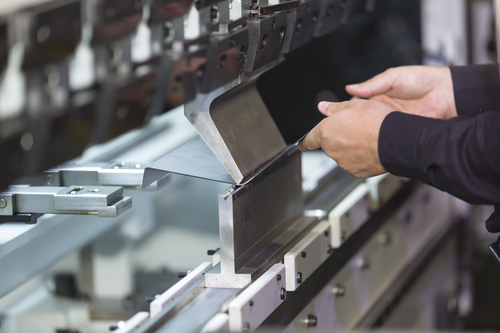
While popular, sheet metal fabrication is often confused with another popular rapid prototyping process called CNC machining since they both work with metals. However, there is a variation on how they work. Therefore, this article will introduce sheet metal fabrication and its common techniques. It will then show the disparity between sheet metal fabrication and CNC machining. It will also give you some design tips you might need when using custom sheet metal fabrication for your project.
What is Sheet Metal Fabrication?
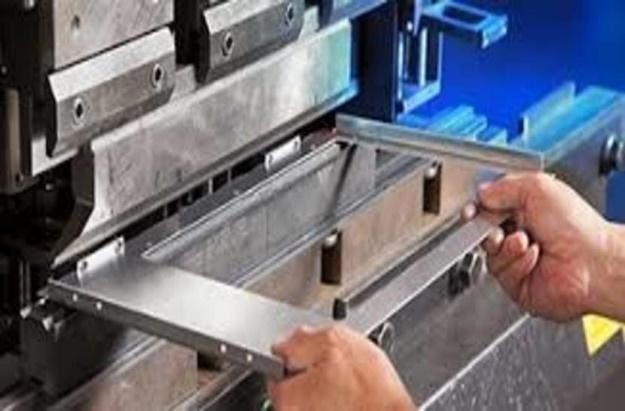
Sheet metal fabrication is a rapid prototyping process that involves fabricating sheet metals into the desired shape using bending, forming, cutting, etc. Sheet metals are flat metals made from different materials such as stainless and aluminum. They are popular materials applicable in prototyping, small-scale, and large-scale production.
Custom Sheet Metal Fabrication Techniques
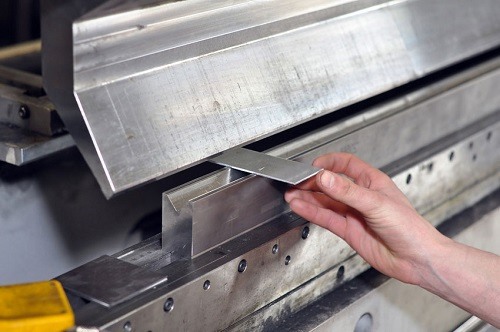
There are many sheet metal fabrication techniques you can use for your projects. Below are the common techniques that you will likely need
● Cutting
This is the most common sheet metal fabrication process you will likely use in your project. It involves the use of several tools to cut sheet metals into the required shape.
There are many types of cutting techniques. However, the most common types of cutting are laser cutting and water jet cutting. On the one hand, laser cutting uses a laser beam to cut through the material. On the other hand, water jet cutting involves cutting sheet metal using high-speed water filled with abrasives.
● Folding
Folding is a complicated process in sheet metal that involves manipulating a sheet metal to form a shape at a particular angle. It is majorly done to achieve a 90-degree angle. However, you can have a folding process being applicable for lesser angles.
● Welding
Welding involves joining two or more different sheet metals to form a particular shape or product. It is obtainable via many methods and machines. The most common method in custom sheet metal fabrication is the use of heat along the joining point.
● Punching
Punching is a sheet metal fabrication process used to make holes in sheet metals. It involves the use of a die and punch to either drill a hole or get a small part of sheet metal in the required shape.
● Stamping
Stamping is another custom sheet metal fabrication process that requires the use of a die. However, unlike punching, it is only applicable in fabrication to raise certain parts of sheet metals. Therefore, stamping is an important process in making shapes, letters, images on sheet metal. A very good example of stamping in sheet metal fabrication is evident in coins.
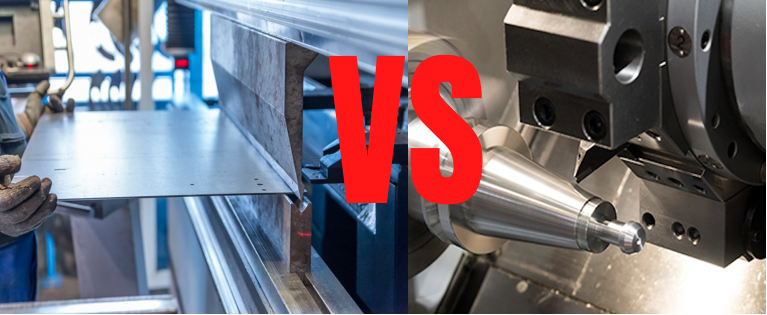 (Photo : Sheet Metal Fabrication: Introduction & Design Tips)
(Photo : Sheet Metal Fabrication: Introduction & Design Tips)

Sheet Metal Fabrication Vs. CNC Machining
sheet metal fabrication vs. cnc machining
When developing metal-related products, except custom sheet metal fabrication, custom CNC machining is also the most common rapid prototyping method you can use in the metal parts project. Both methods can be used for working with sheet metals. Therefore, to choose the right one, there is a need for a total understanding of the two processes. This we will achieve by comparing the important attributes of the two techniques.
● The Type and Shape of Metal
Sheet metal fabrication is a process made for fabricating only sheet metal with requirements based on their thickness. However, CNC machining works with metals of different shapes (these include metal blocks, iron bars etc).
● Operation Process
Sheet metal fabrication involves using different techniques to achieve the right product. However, CNC machining is a single subtractive process that involves using different machines to cut away part of the workpiece to form the required product.
● Types of Design
The quality you get from any of the two processes depends on what you are trying to manufacture. In terms of straightforward designs, CNC machining will do the best job as it is accurate and precise. However, for complex designs that require enclosures, sheet metal fabrication is better. Nevertheless, most rapid prototyping services incorporate the CNC machining process into sheet metal fabrication for the best production process.
Design Tips for Sheet Metal Fabrication
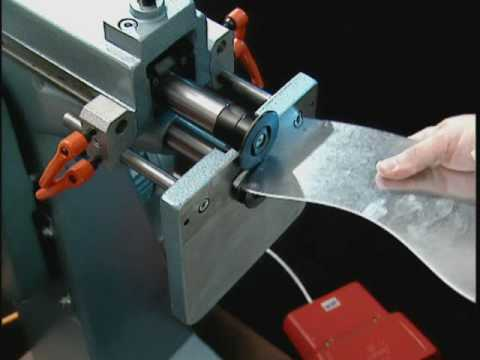
Beyond knowing the different sheet metal fabrication techniques, there is a need to understand some technical details about the process. Therefore, you need some design tips to help smoothen over the processes. Below are a few design tips to consider during sheet metal fabrication.
● The Hole Size
Always consider the hole size during fabrication. You should note during the designing stage that you should avoid holes that will break the tool. A common scenario in sheet metal fabrication is that as the hole reduces, the punch must reduce. However, if the punch becomes too small, it can break.
For the best punching process, the hole diameter must be equal to or more than the sheet metal gauge.
● The Inside Radius
When the bend radius decreases, the workpiece strain increases. When this is extreme, i.e., the workpiece fatigue point has been exceeded, it can lead to cracking. The bend radius is related to the thickness (1x Thickness = Inside Radius for metals such as steel and stainless steel).
● Tight Tolerances
Another important design tip you can use is to avoid tight tolerances. When you build your products with tight tolerances, it can increase the cost of achieving such requirements. Instead, you should include what is critical to your product function while balancing the cost of your project.
● Materials
Different materials used in sheet metal fabrication have different properties. Therefore, it is important to know about the properties of such materials and how to choose the right one. It would be best to consider properties such as tensile strength, hardness, malleability, and elongation ratio.
● Sheet Metal Gauge
This is one of the most important design tips you should note in custom sheet metal fabrication. The sheet metal gauge or thickness plays a role in the efficiency of fabrication and how accomplishable it is. Thick sheet metals are not easy to fabricate. For example, it can result in the formation of microscopic cracks after or during fabrication. Therefore, unless needed, you should avoid using thick metals.
Final Thoughts
Sheet metal fabrication is a popular rapid prototyping method used in fabricating sheet metals into the right shape. Since, like CNC machining, it works with metals, both are often confused with each other. Therefore, this article discussed sheet metal fabrication, techniques, and differences between CNC machining and sheet metal fabrication. It also gave several design tips that can help you during sheet metal fabrication.
* This is a contributed article and this content does not necessarily represent the views of sciencetimes.com












![Sat-Nav in Space: Best Route Between Two Worlds Calculated Using 'Knot Theory' [Study]](https://1721181113.rsc.cdn77.org/data/thumbs/full/53194/258/146/50/40/sat-nav-in-space-best-route-between-two-worlds-calculated-using-knot-theory-study.png)

